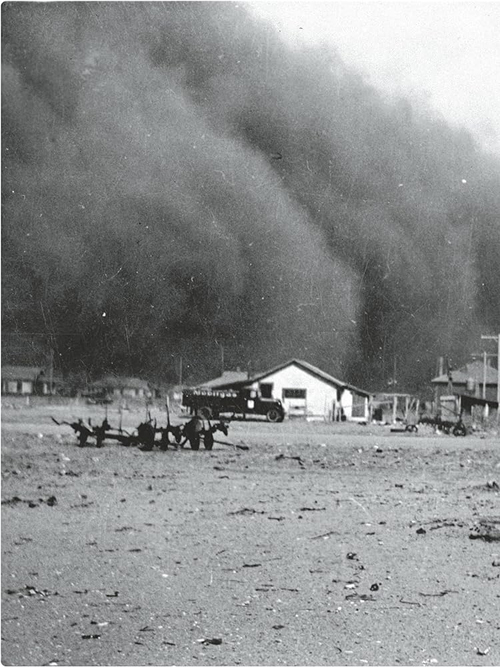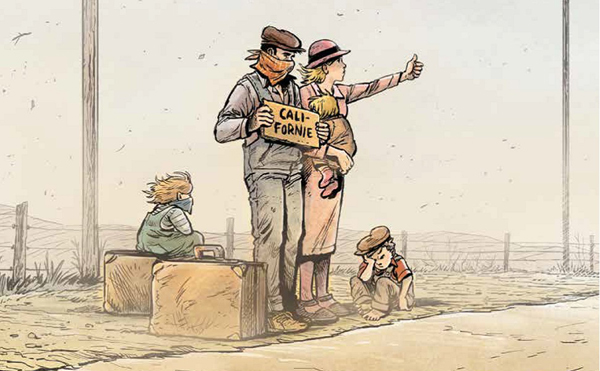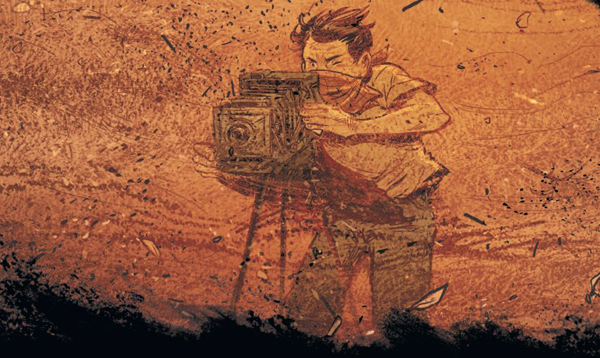
The graphic novel “Jours de sable” is a historical reminder of the famous Dust Bowl which struck the central United States between 1930 and 1940. These were ten years of misery that inspired John Steinbeck for his work “The Grapes of Wrath“.
The sand and dust storms that engulfed parts of Oklahoma, Kansas, Texas, New Mexico and Colorado came from a multitude of combined causes, including farmers’ overuse of the soil and repeated droughts.

Add to these factors linked to the economic crisis and multiple epidemics, and we can understand the mass exodus of American households. They left everything behind, including many family members who died of dust-related respiratory complications. Most headed for the West Coast, but this massive influx of people only served to increase the region’s already high unemployment.

The strangest thing is that, decades later, the climate changes experienced today in these same states could help to repeat the phenomenon, without it necessarily covering such a long period.
Author Aimée de Jongh uses fictional characters, but the scenario respects the reality experienced by the population. In her story, a young photographer leaves New York in 1937 to report on the Dust Bowl. He has been briefed on the subjects to be covered, but soon realizes that he is dealing with a human tragedy of unsuspected proportions.

Asking suffering people who have lost everything to pose for the New York media was not as simple as he had thought. The situation becomes even more complicated when he gets to know these people and experiences their difficulties first-hand.
In addition to the deftly drawn panels that delight the reader, there are plenty of period photos gleaned from various museums, as well as official historical content. I loved this award-winning book.
Click on the link for more graphic novels and comics on my blog.
Title : Jours de sable
Author : Aimée de Jongh
Edition: Dargaud, 2022
ISBN: 978-2-5050-8254-5